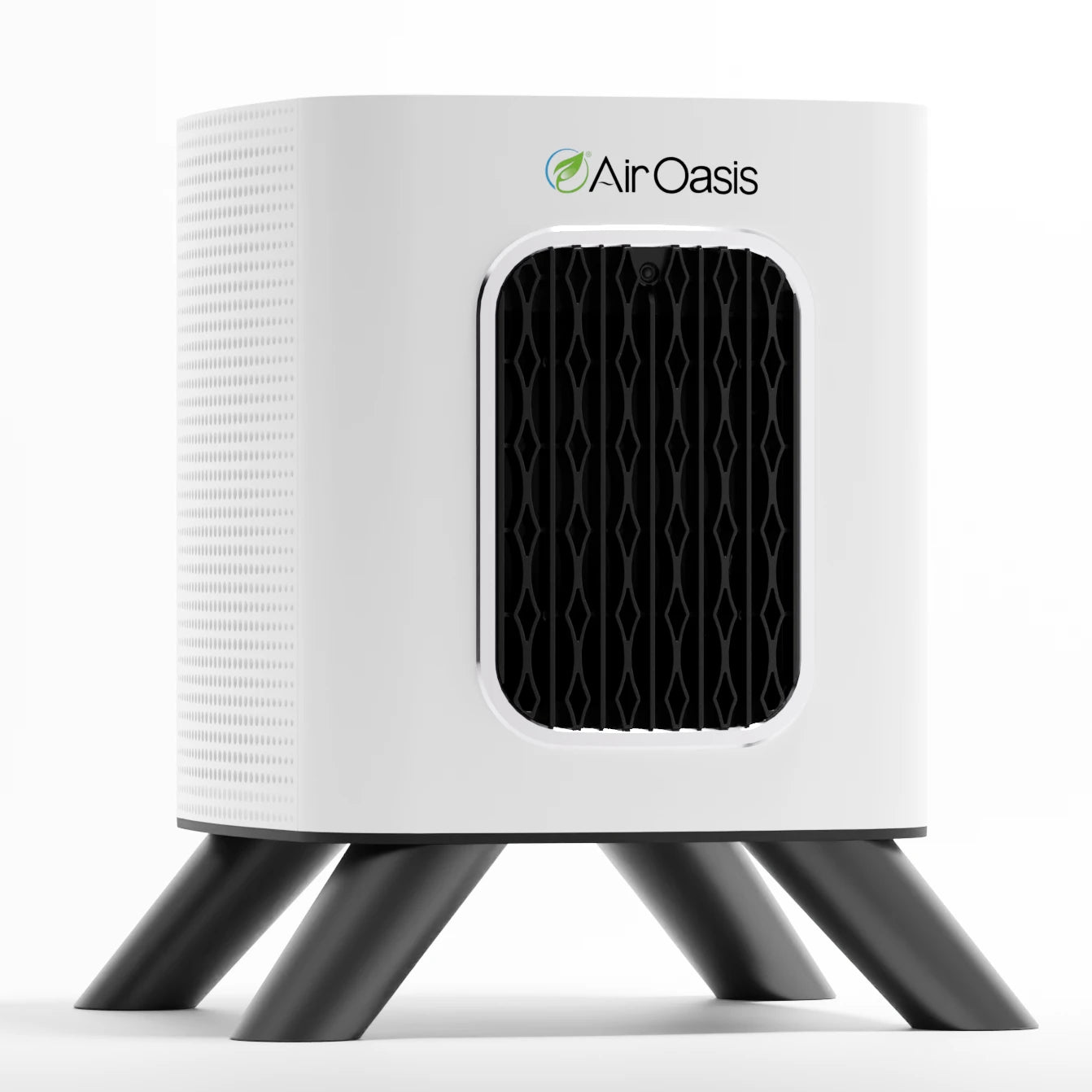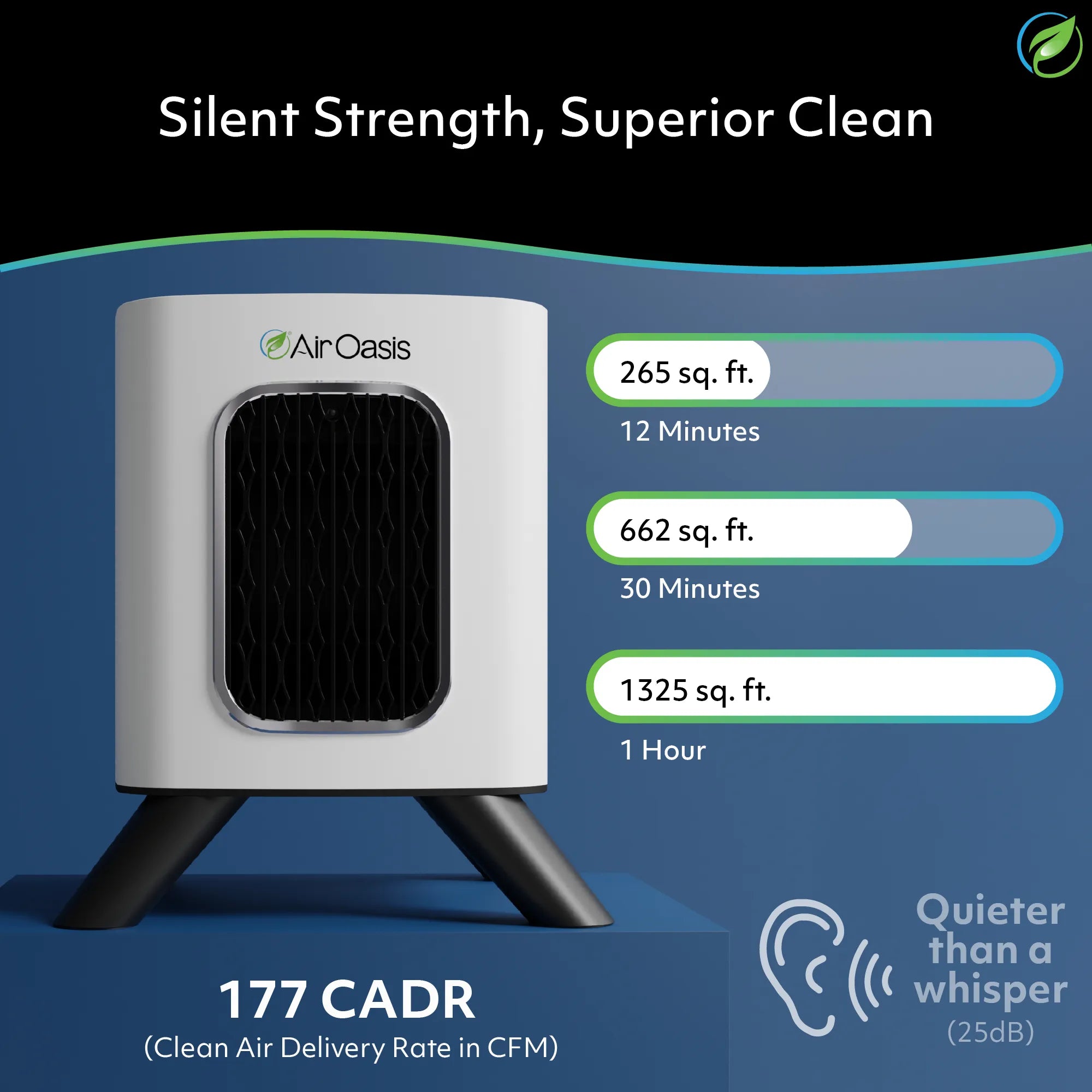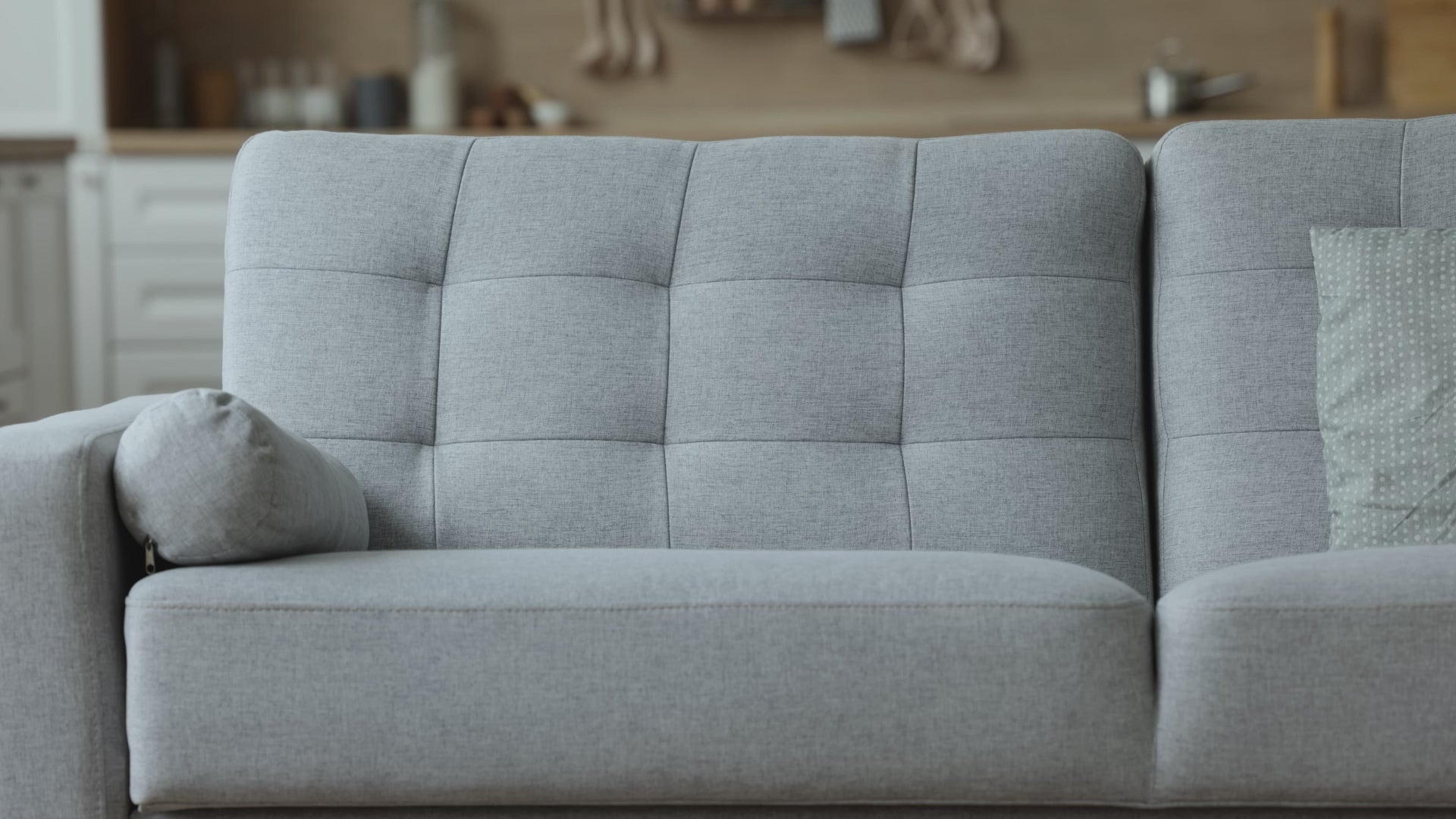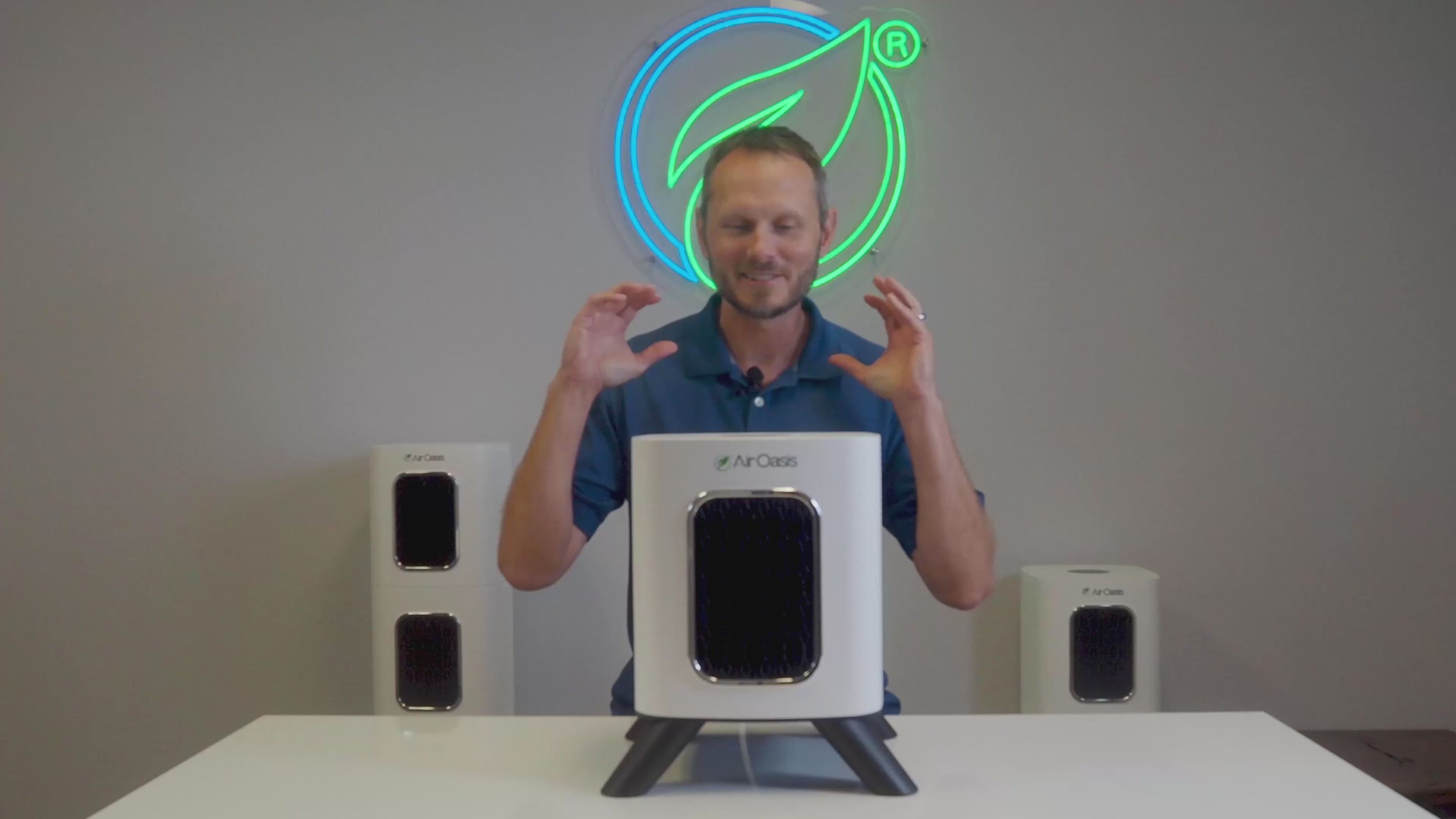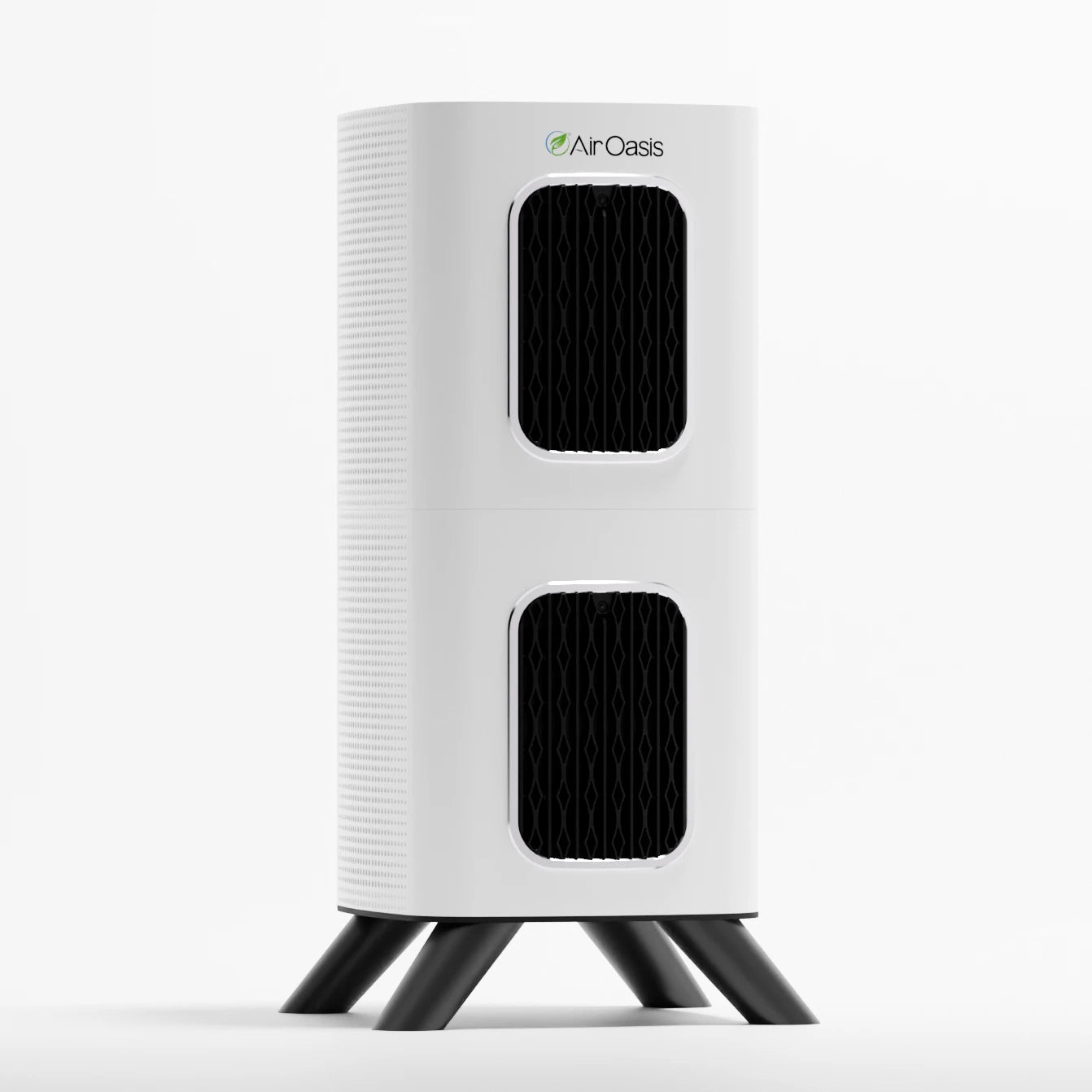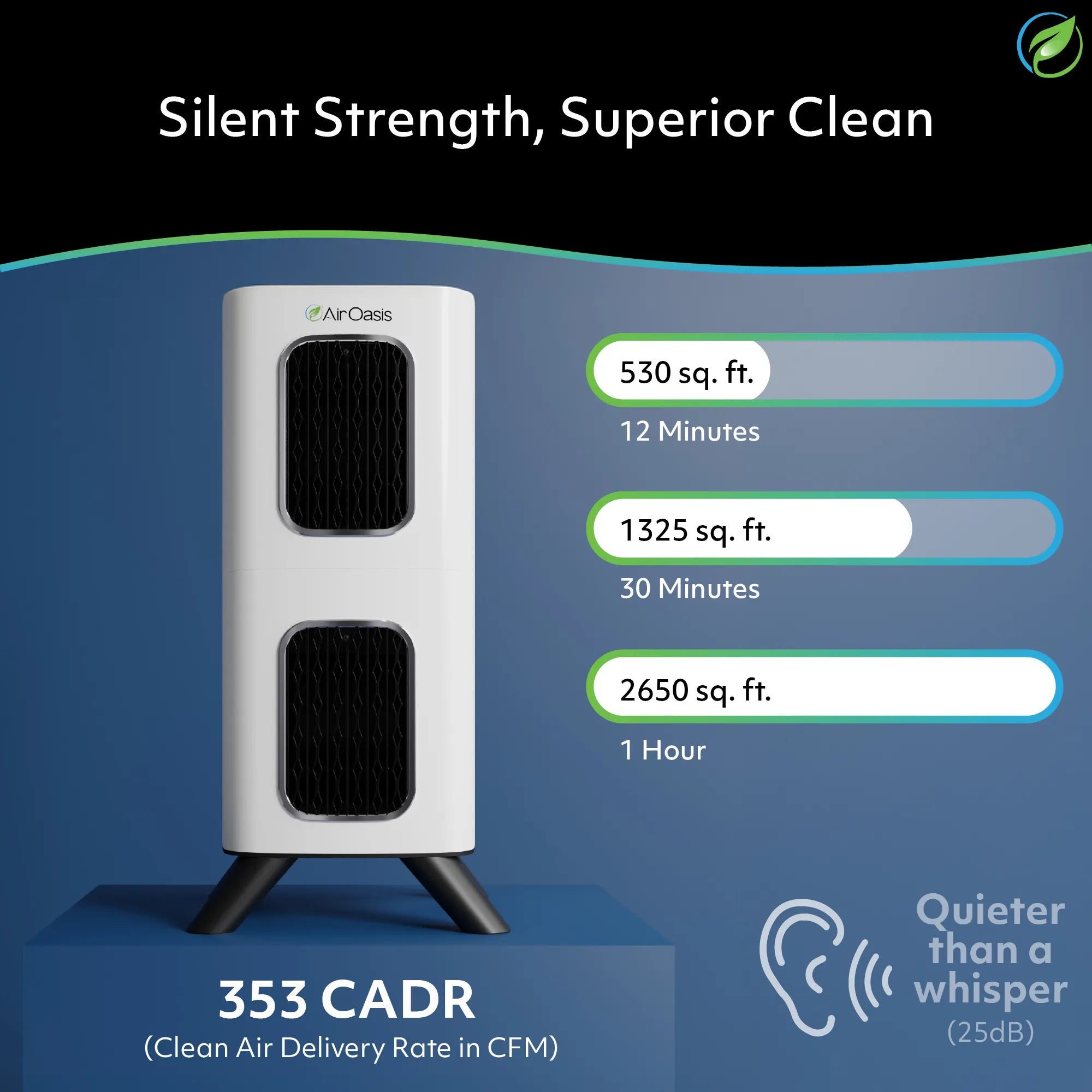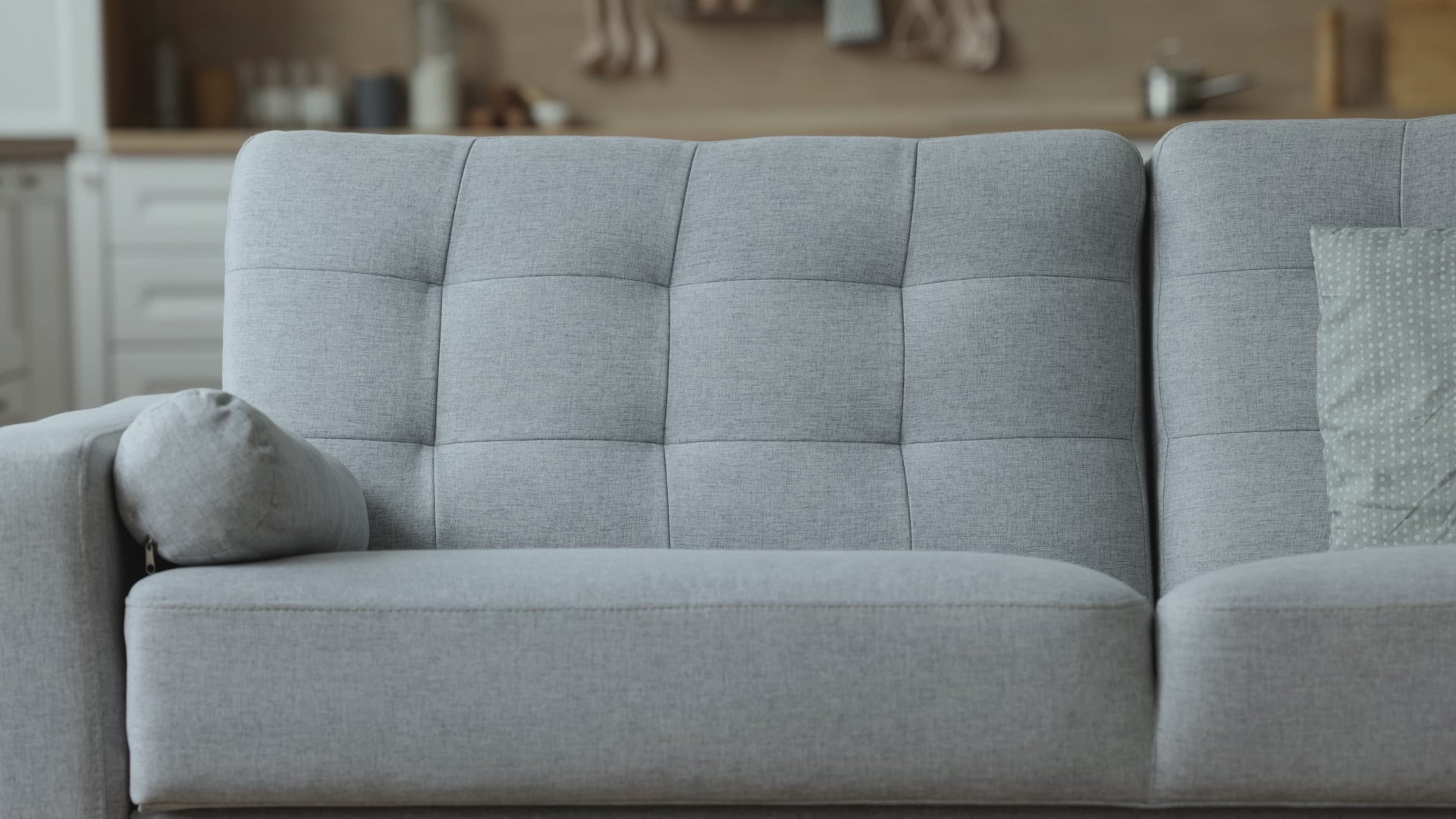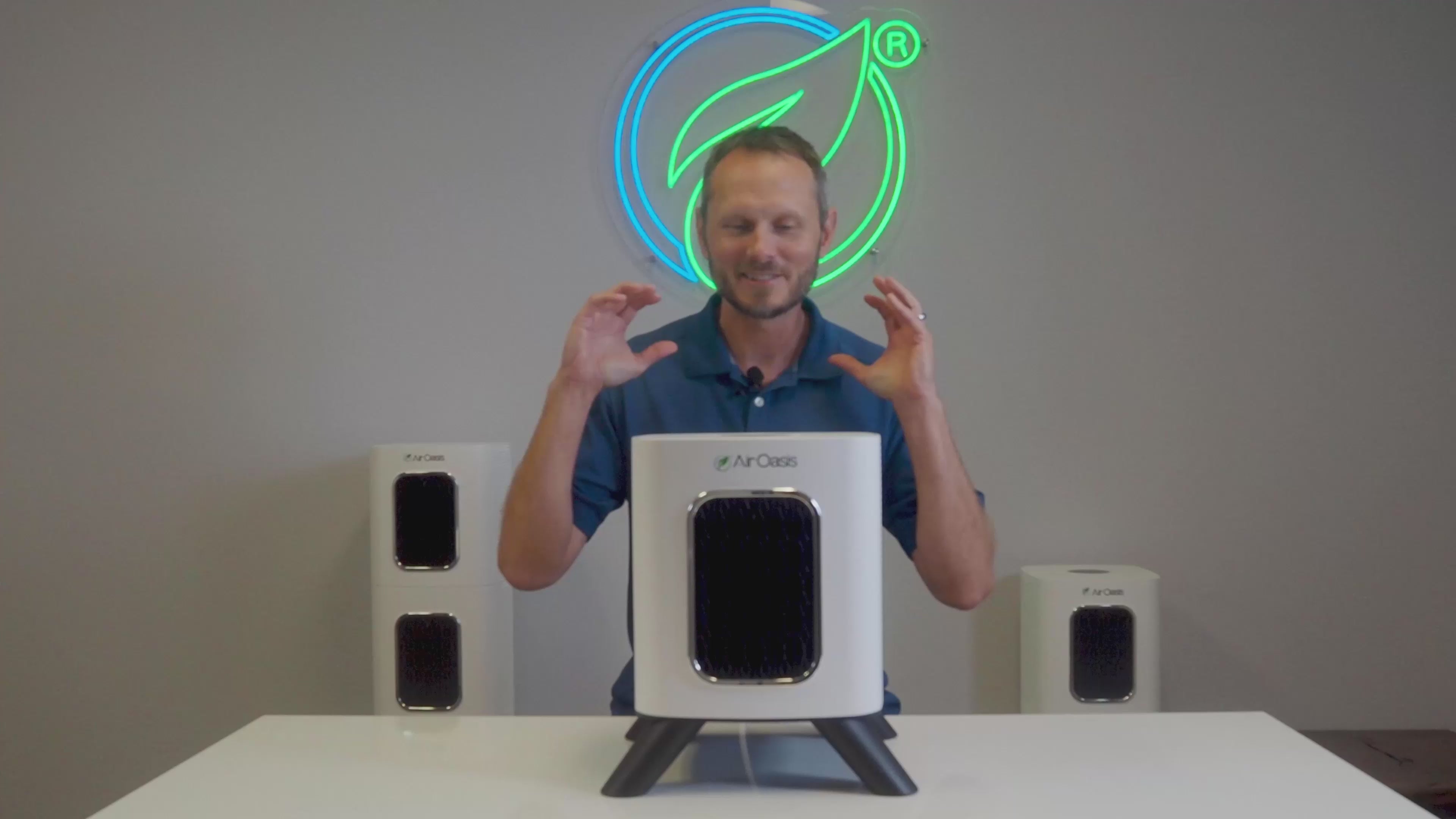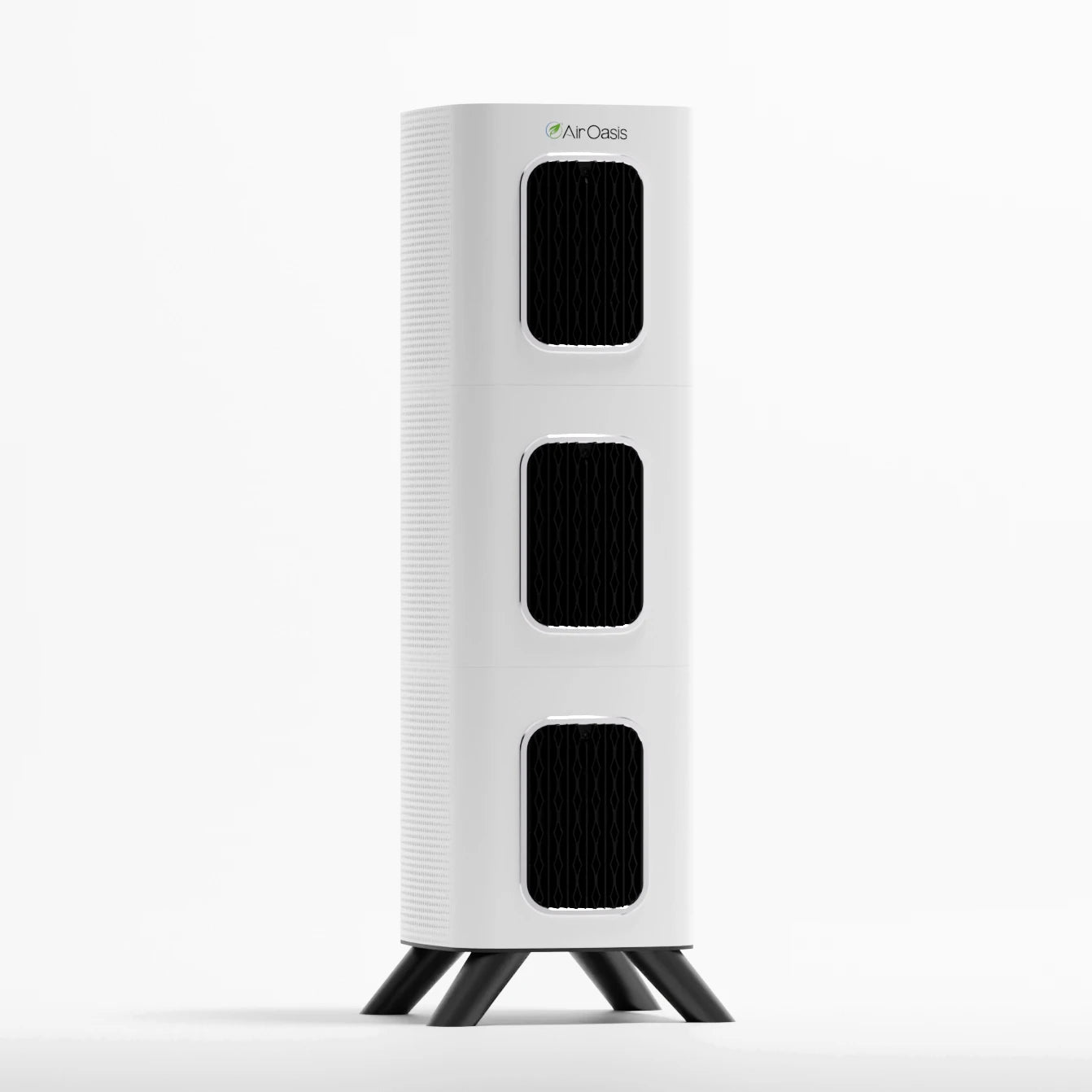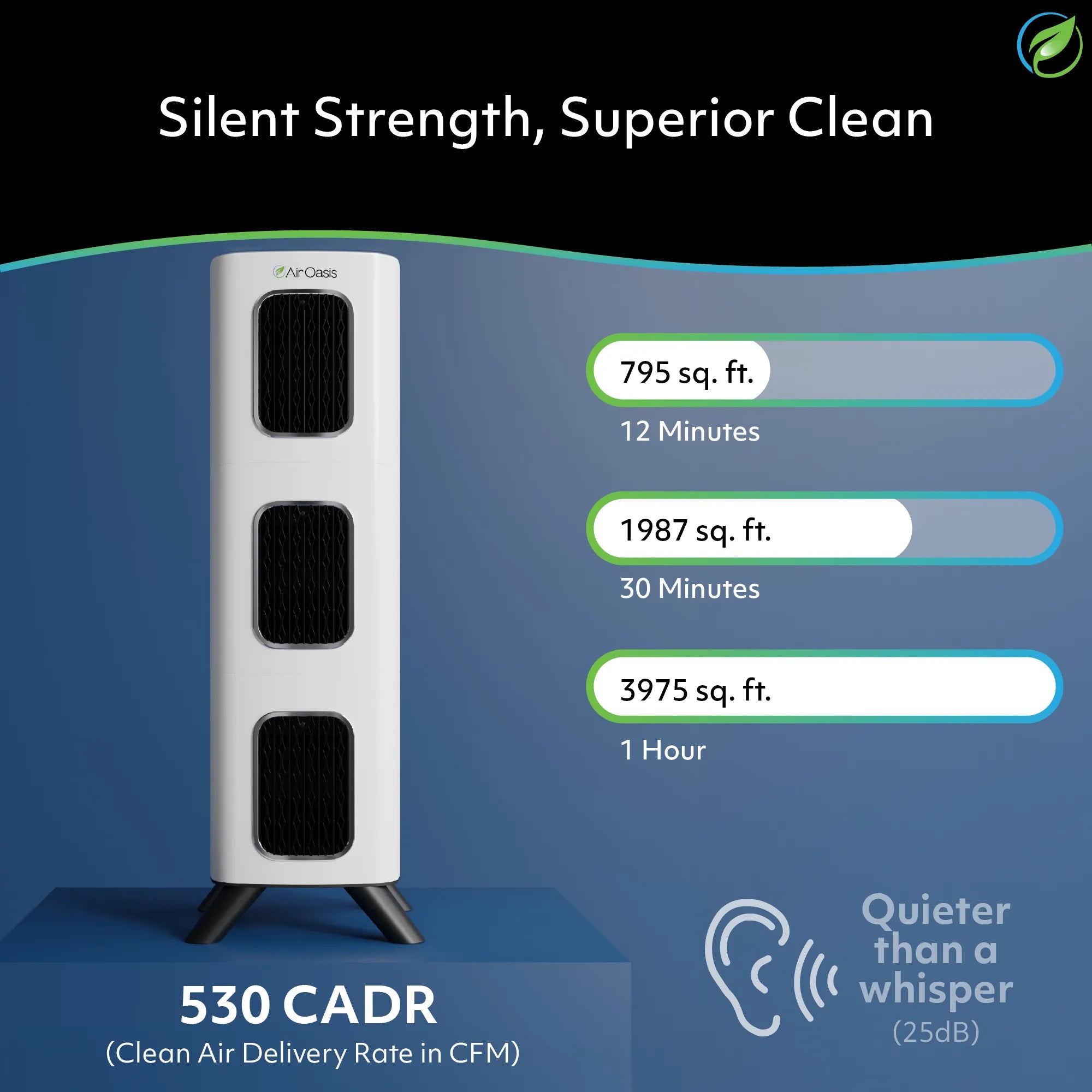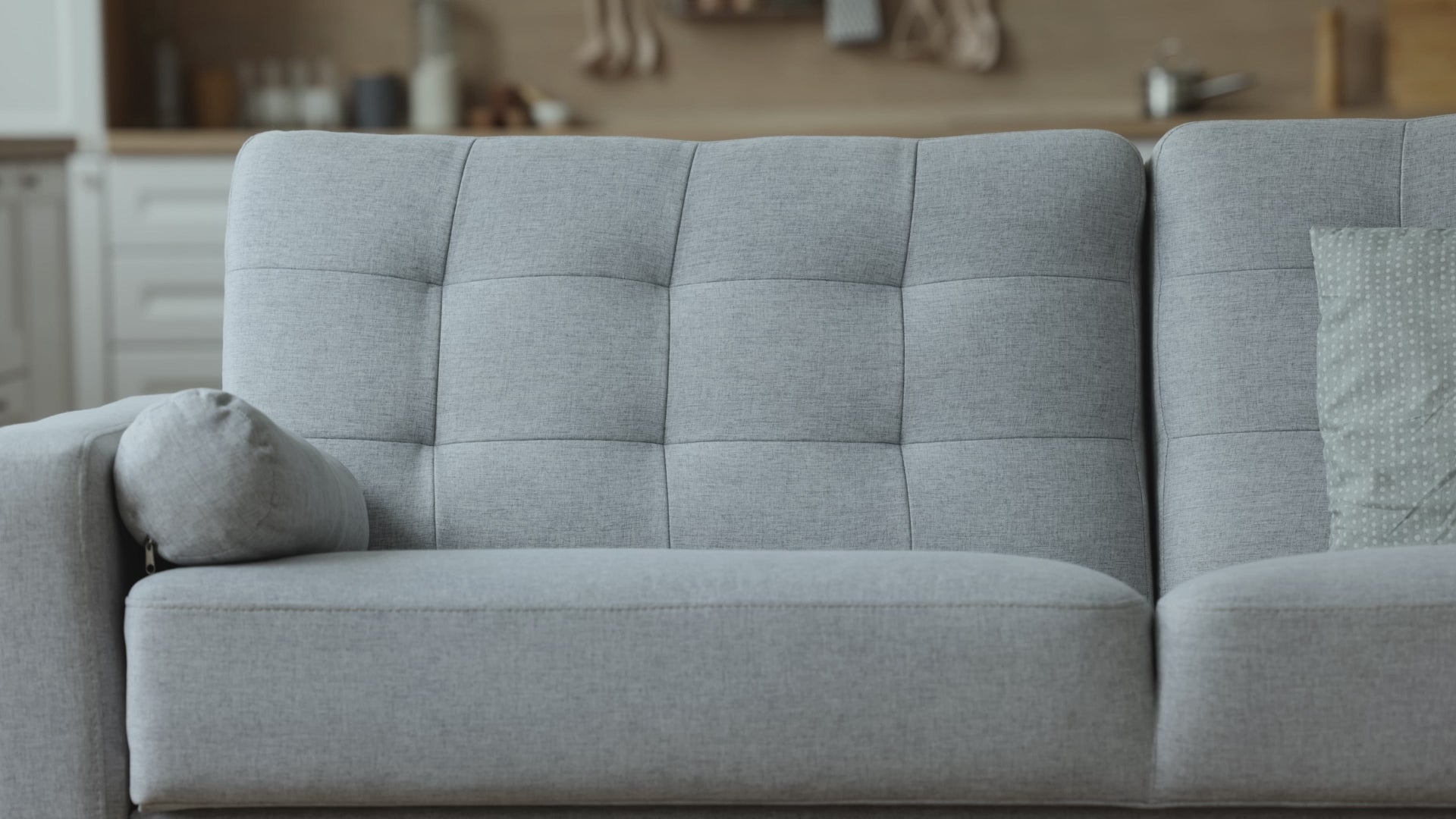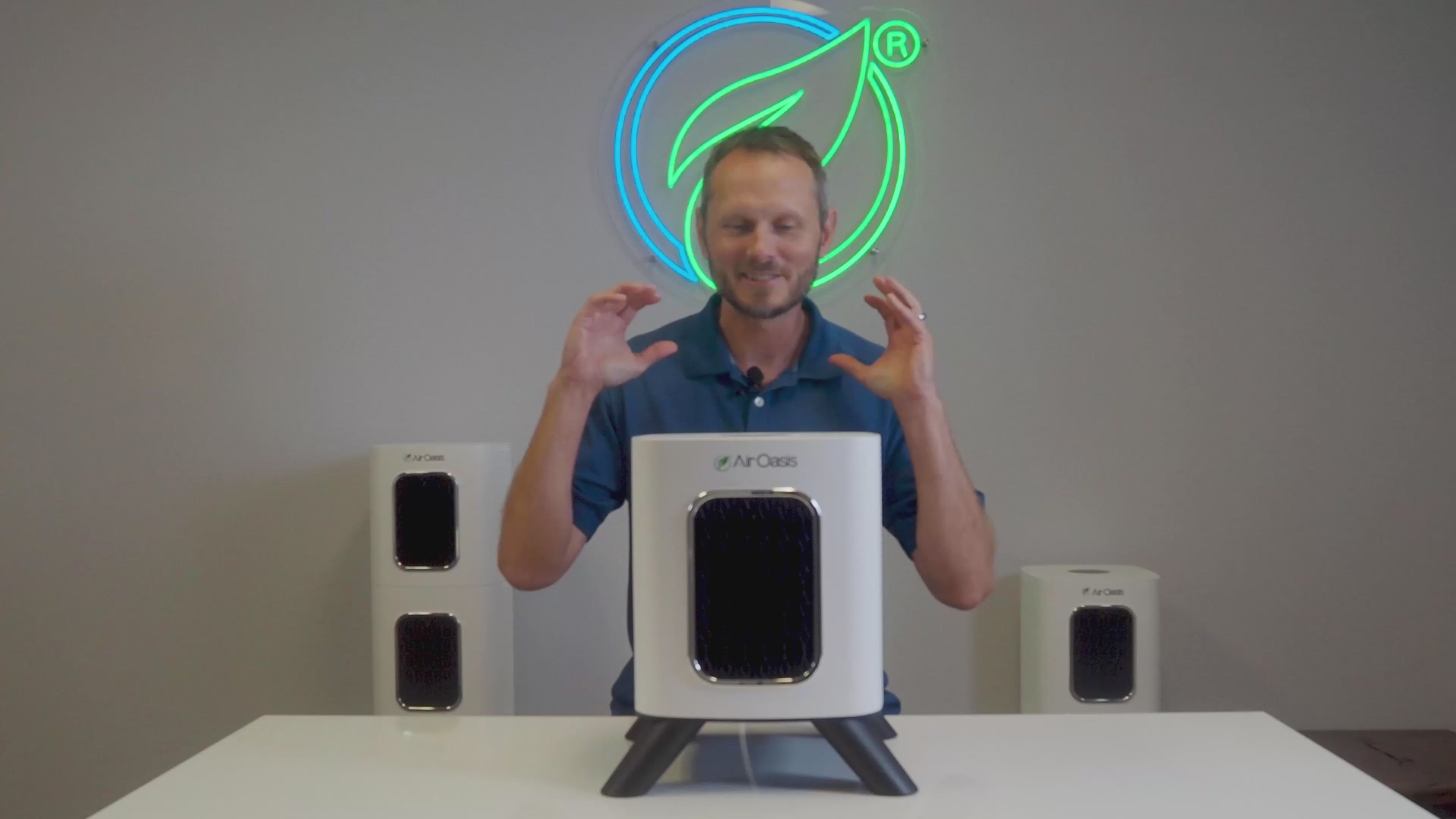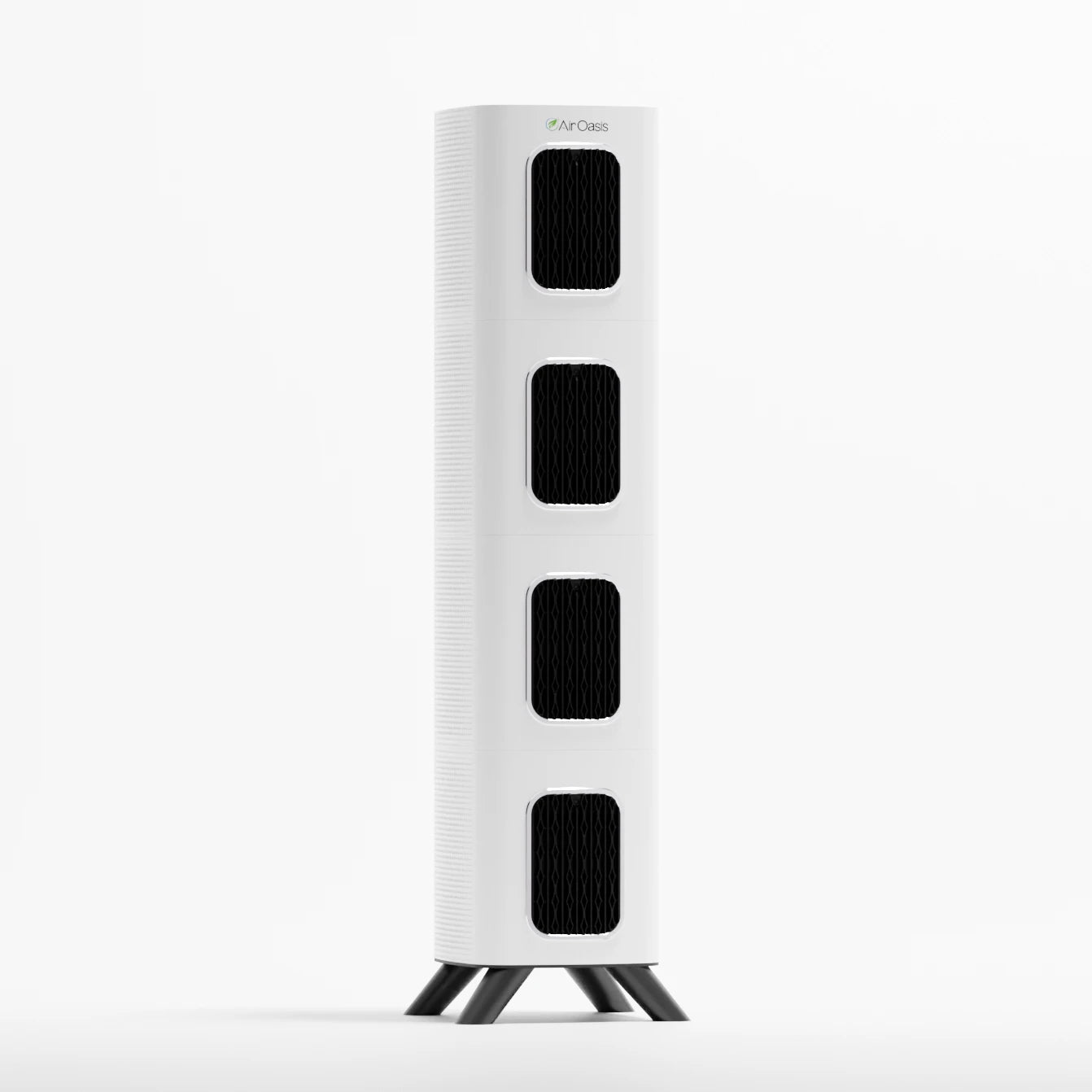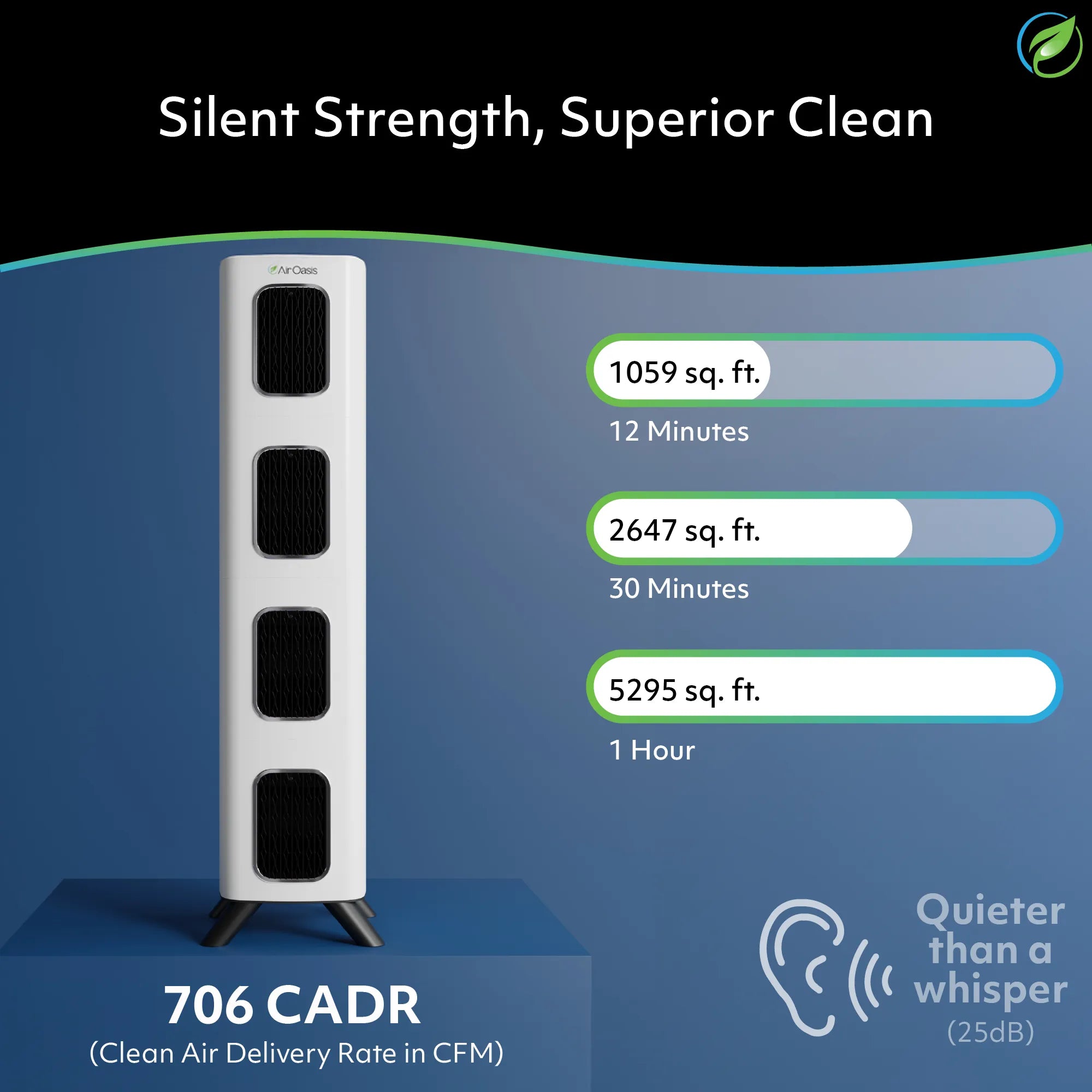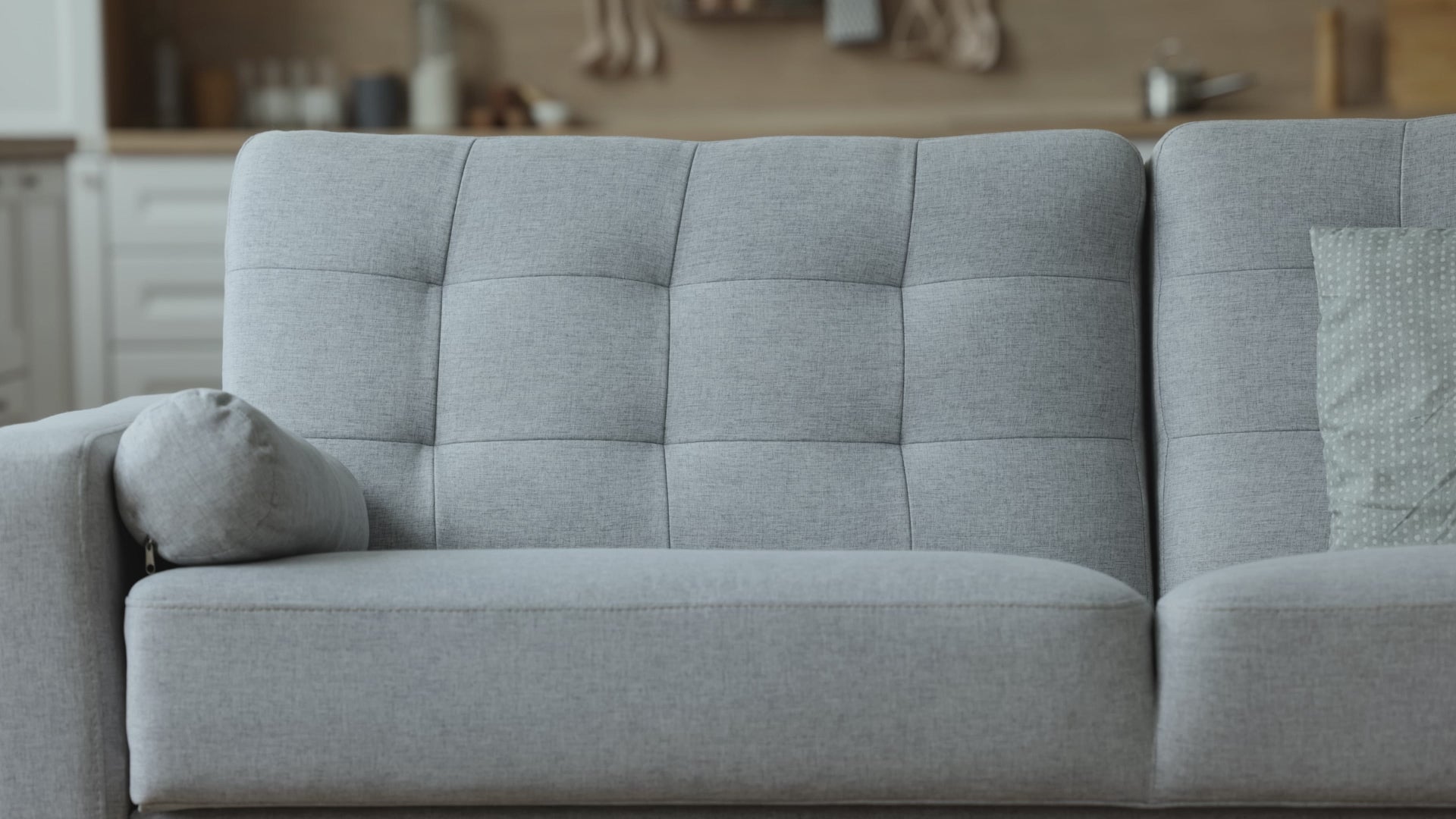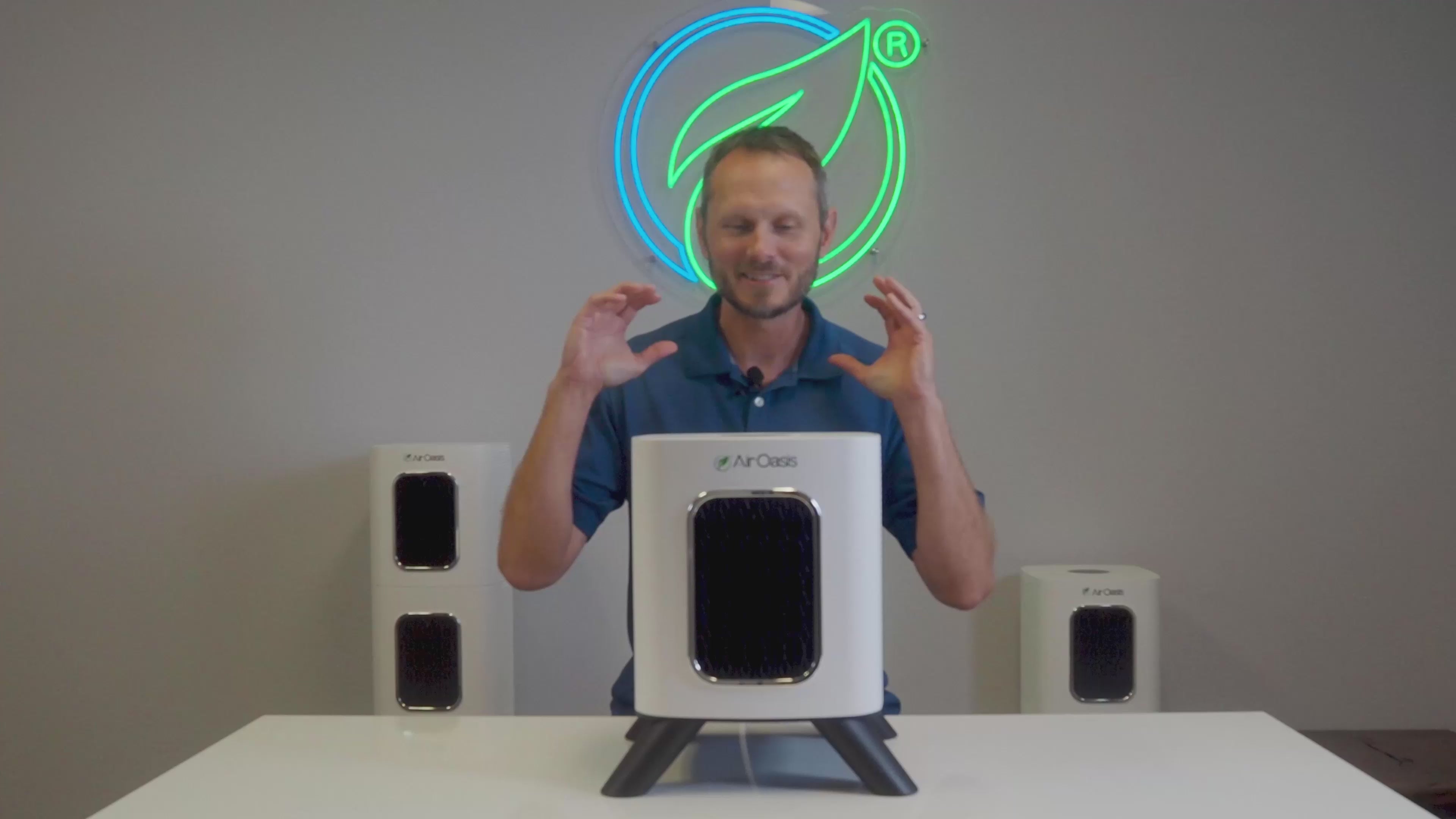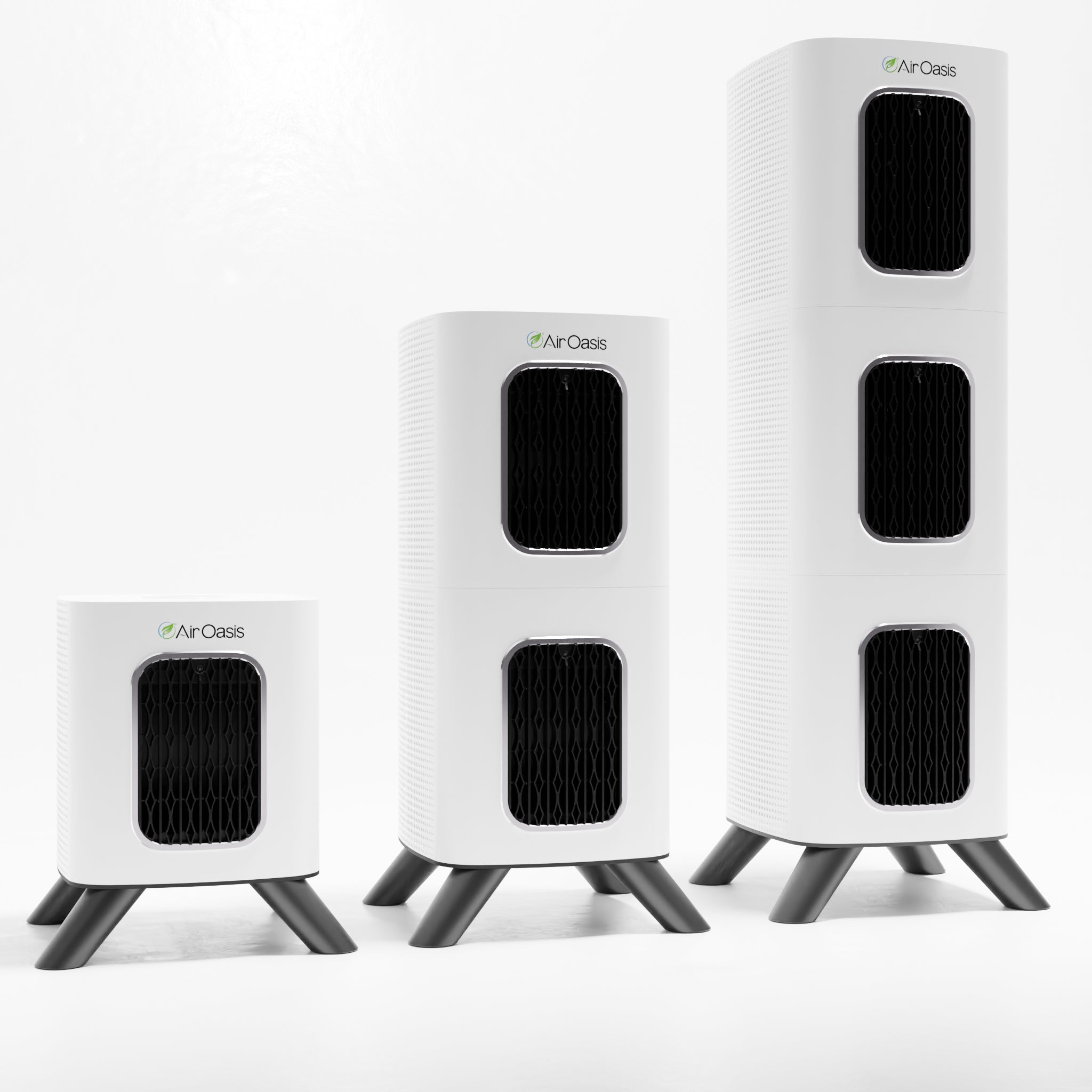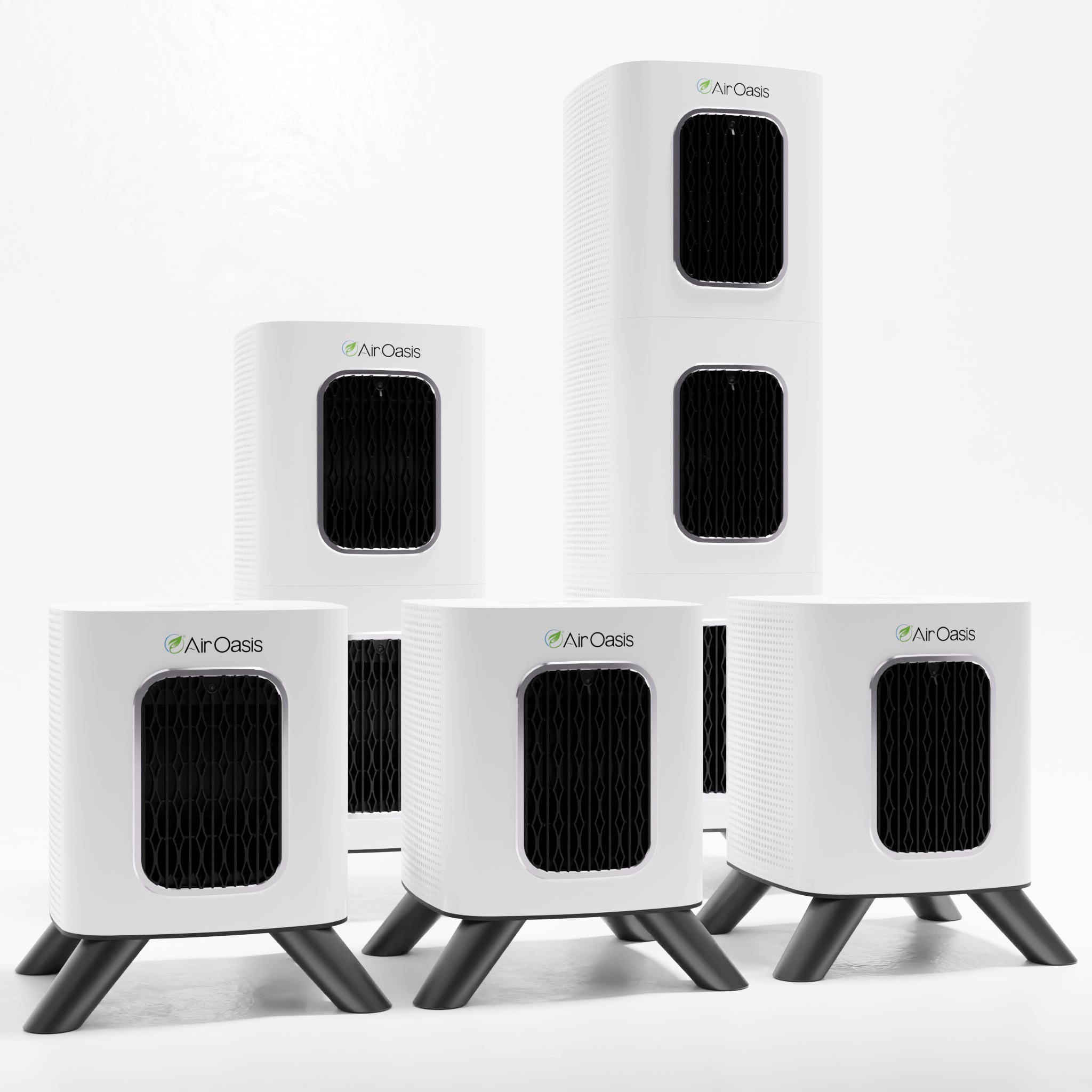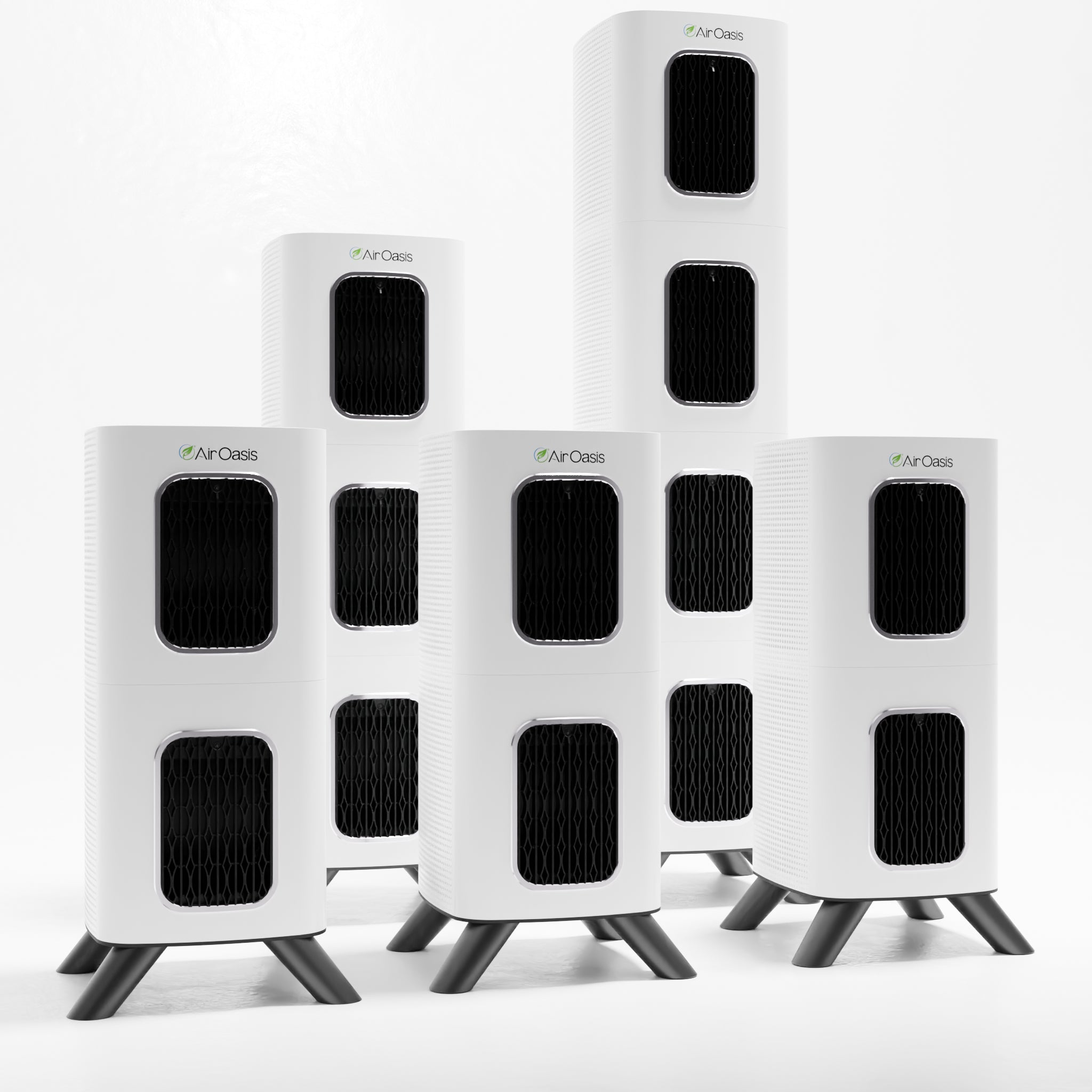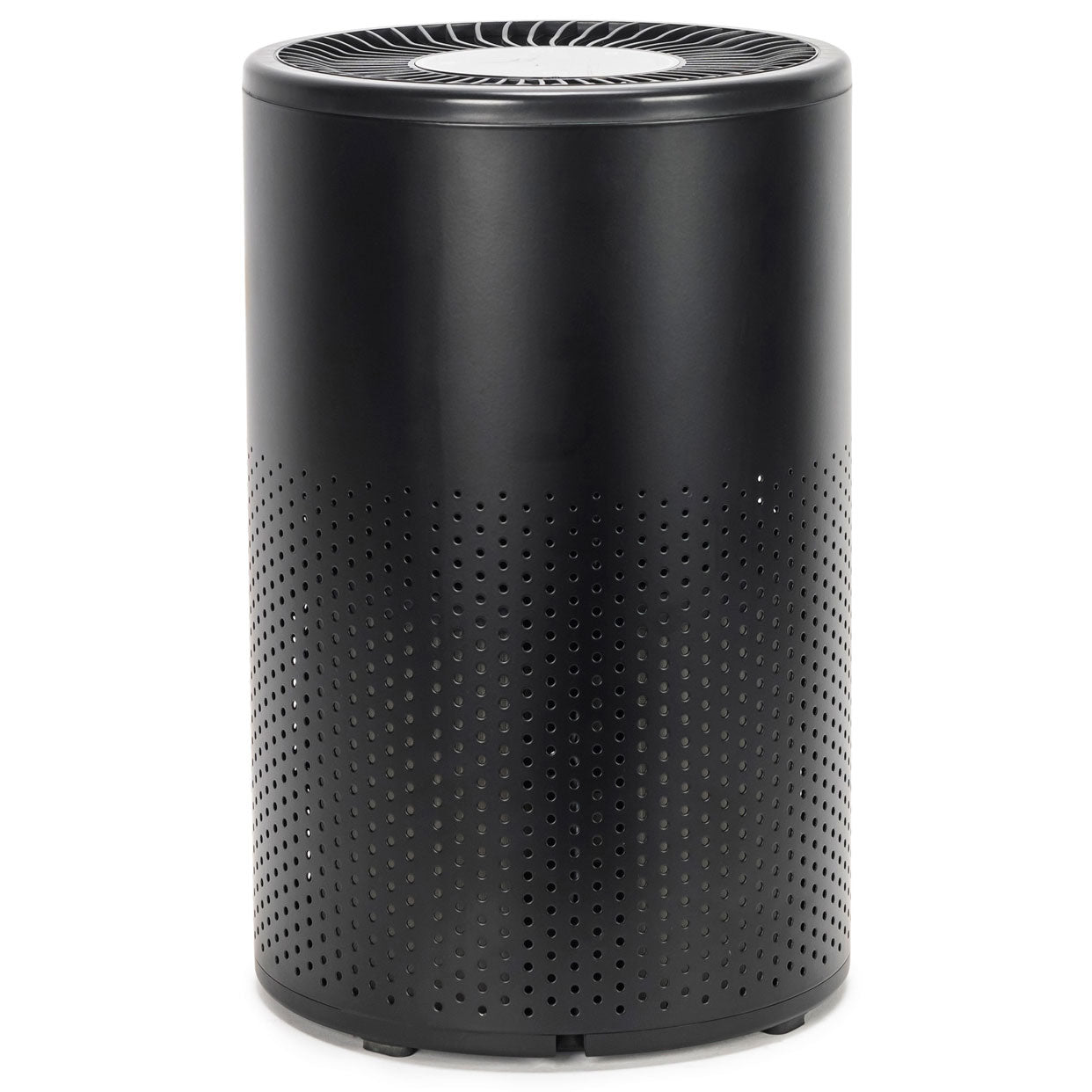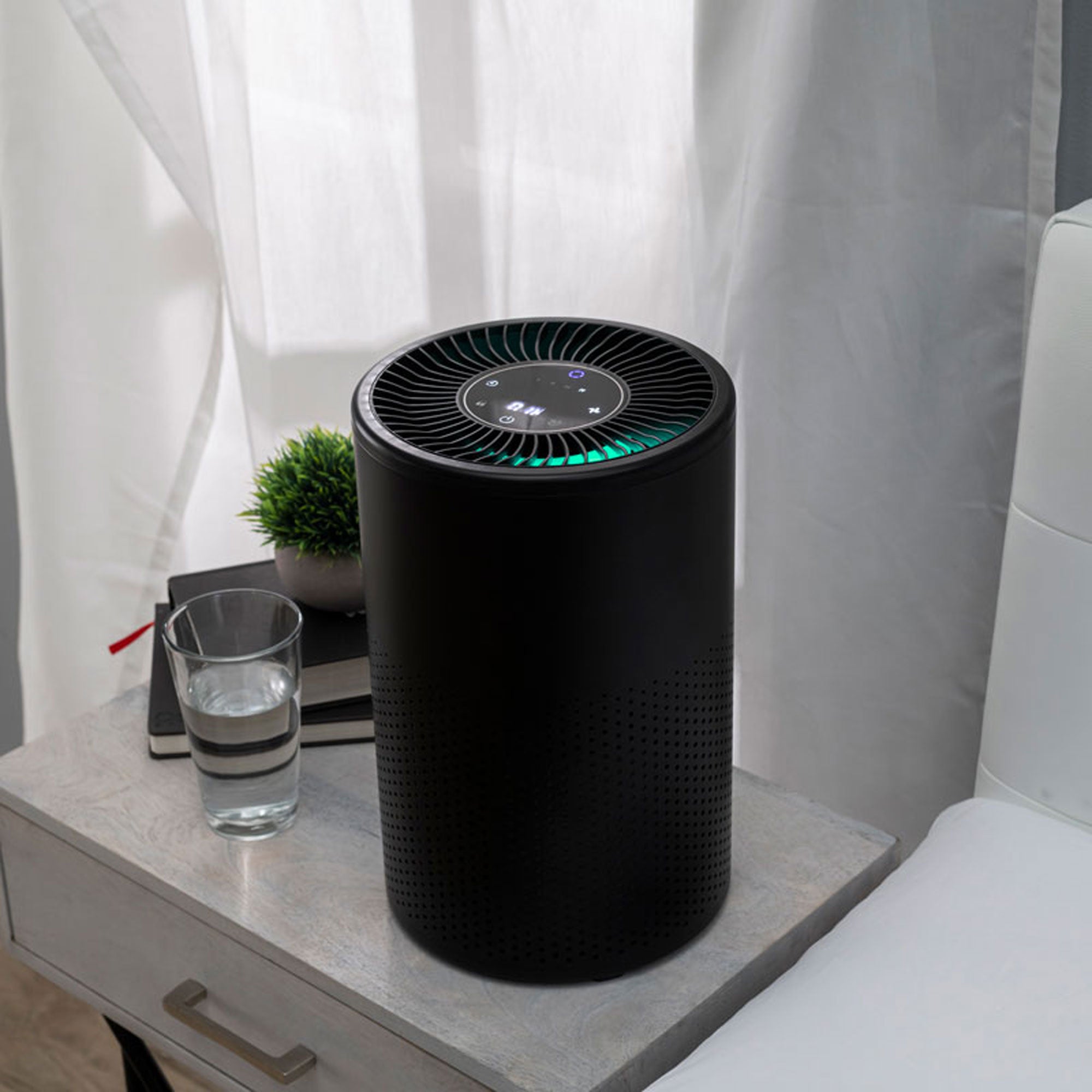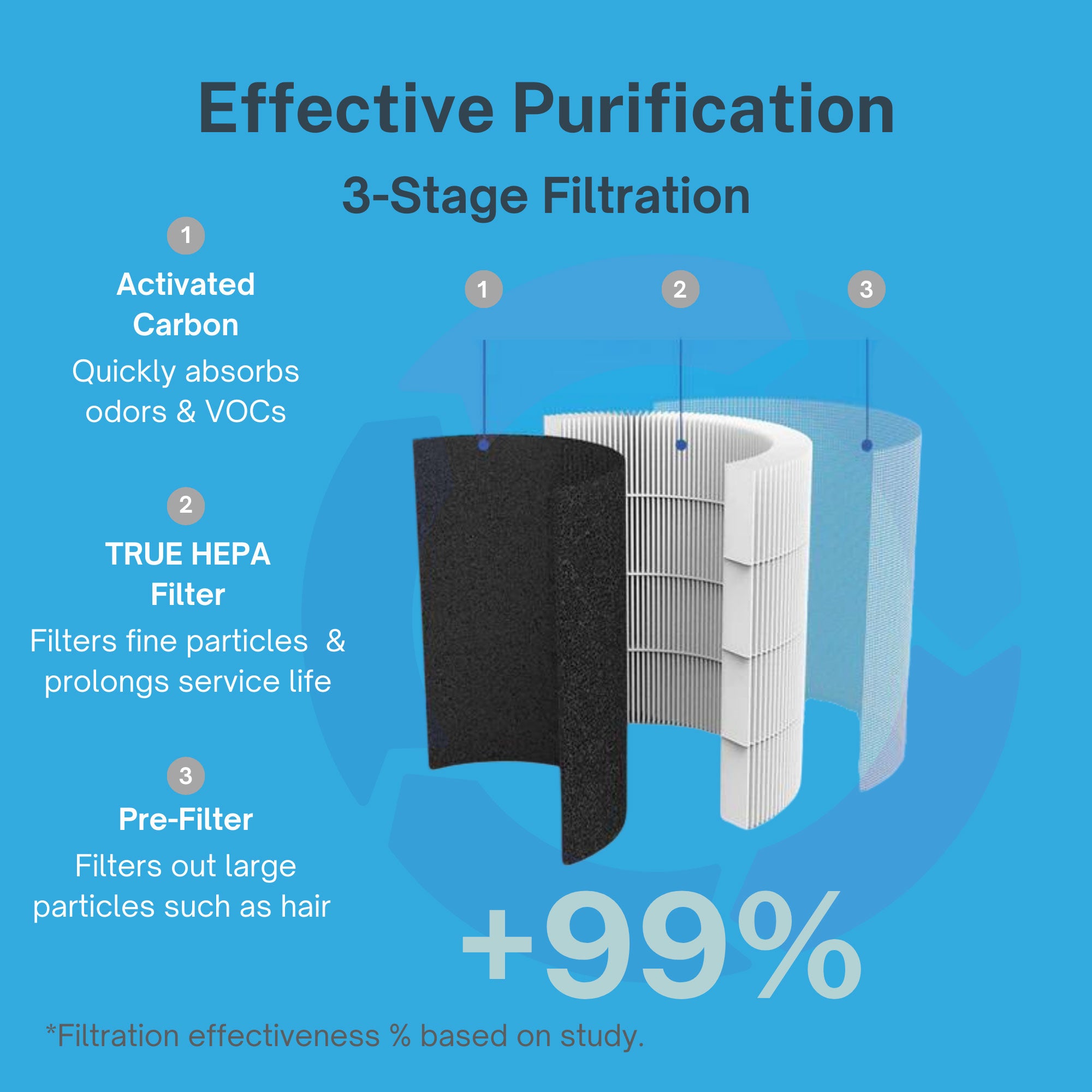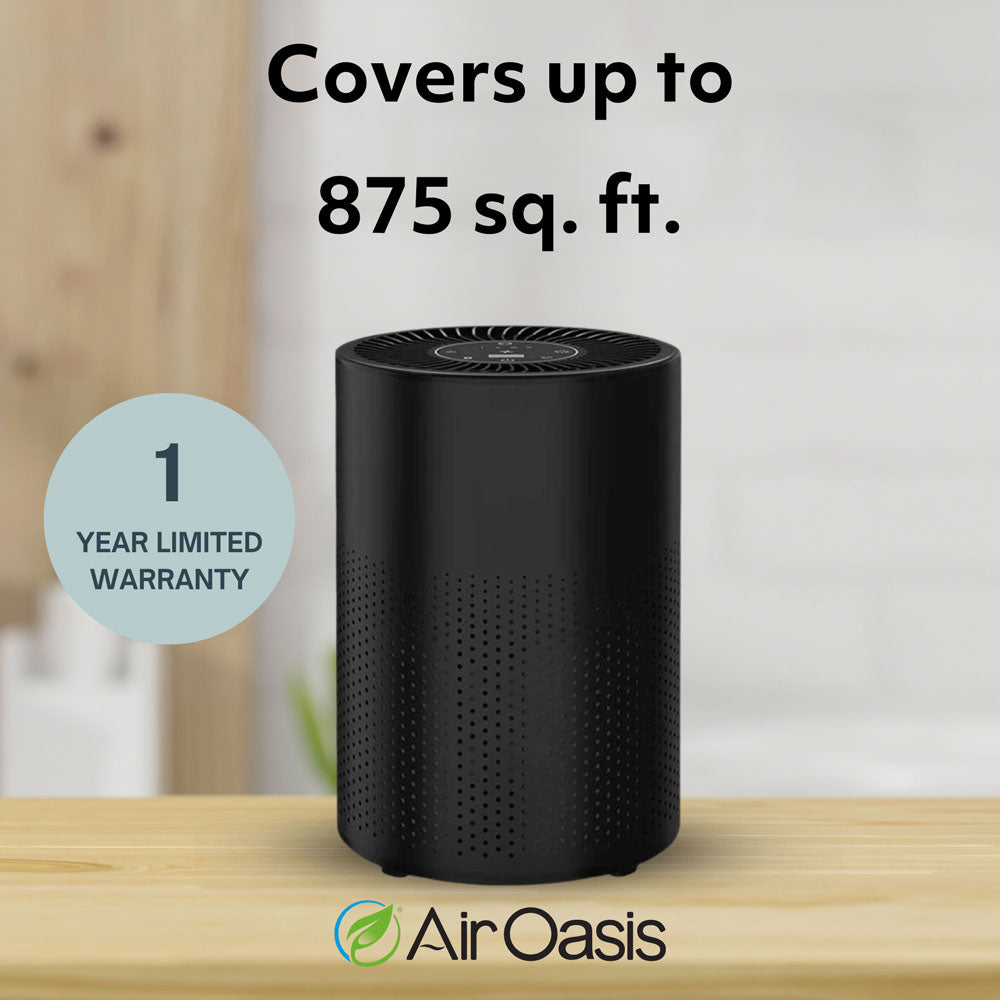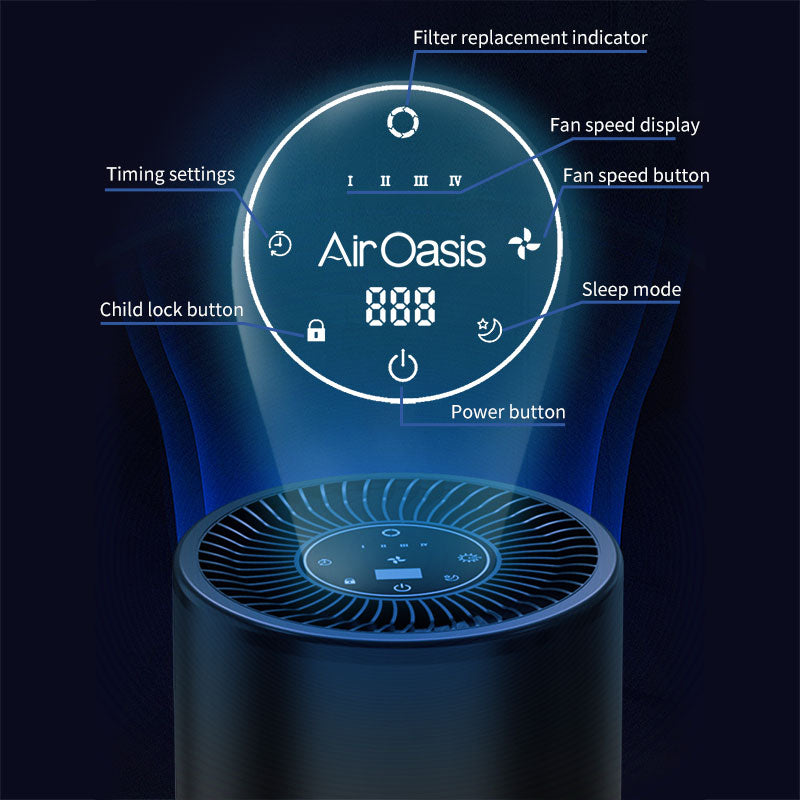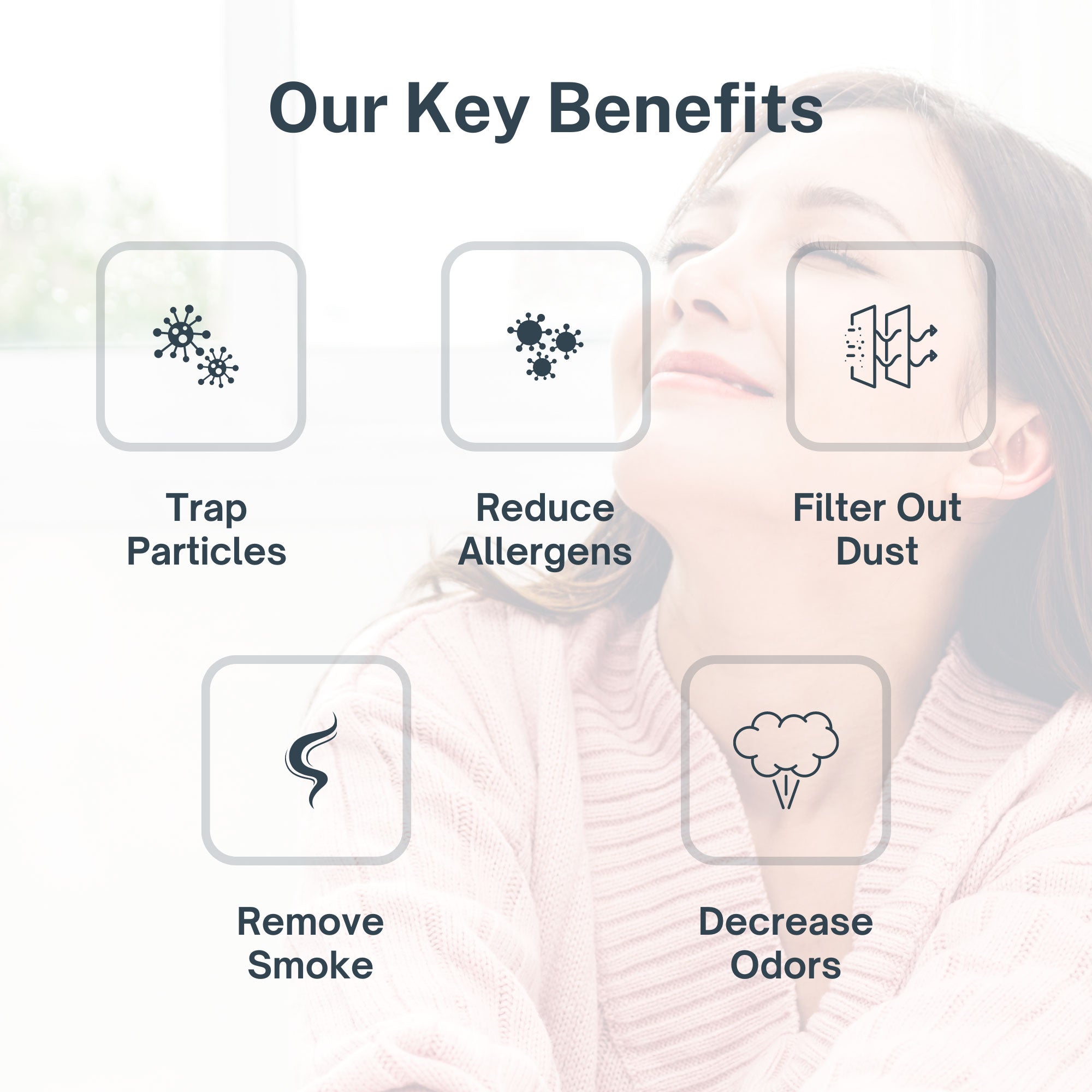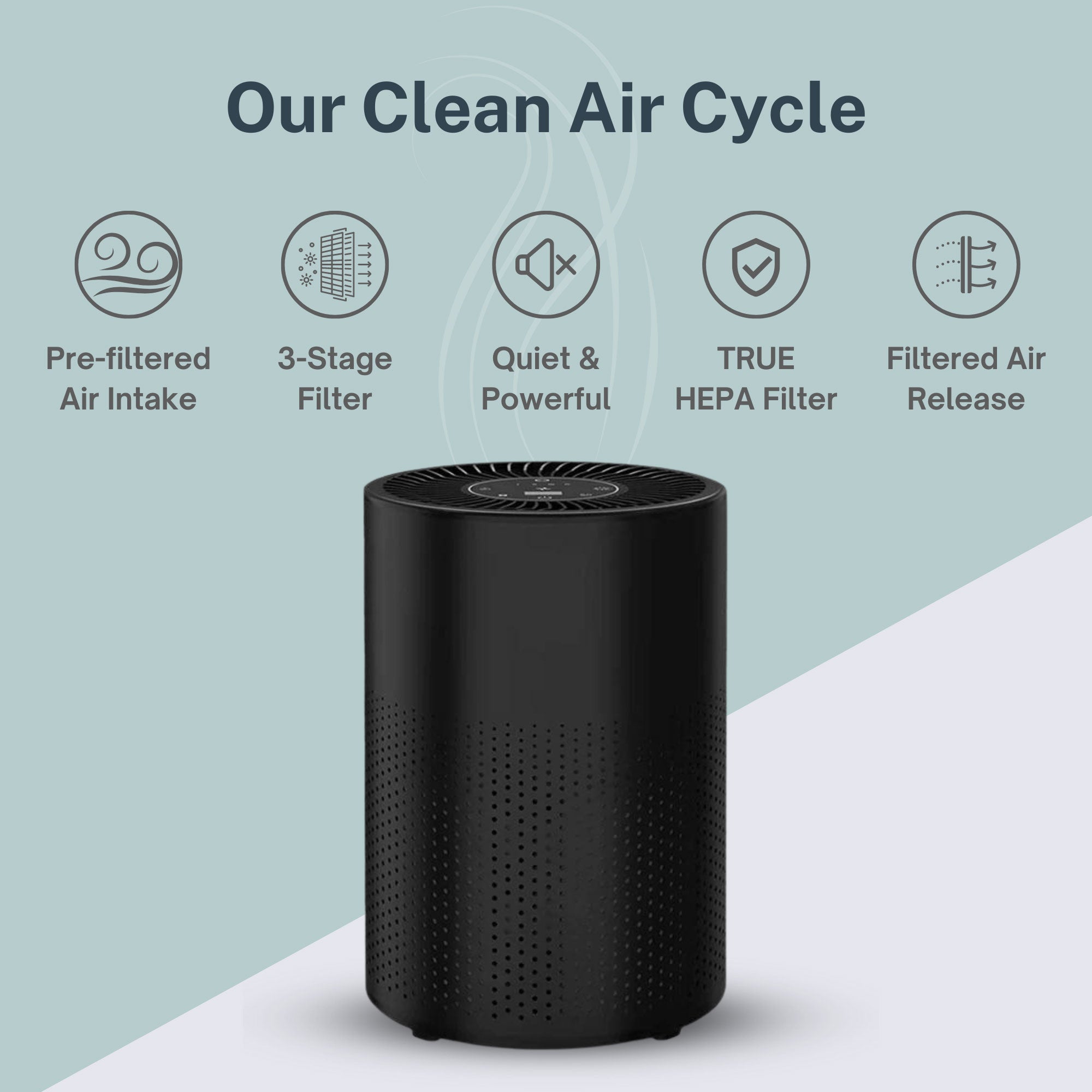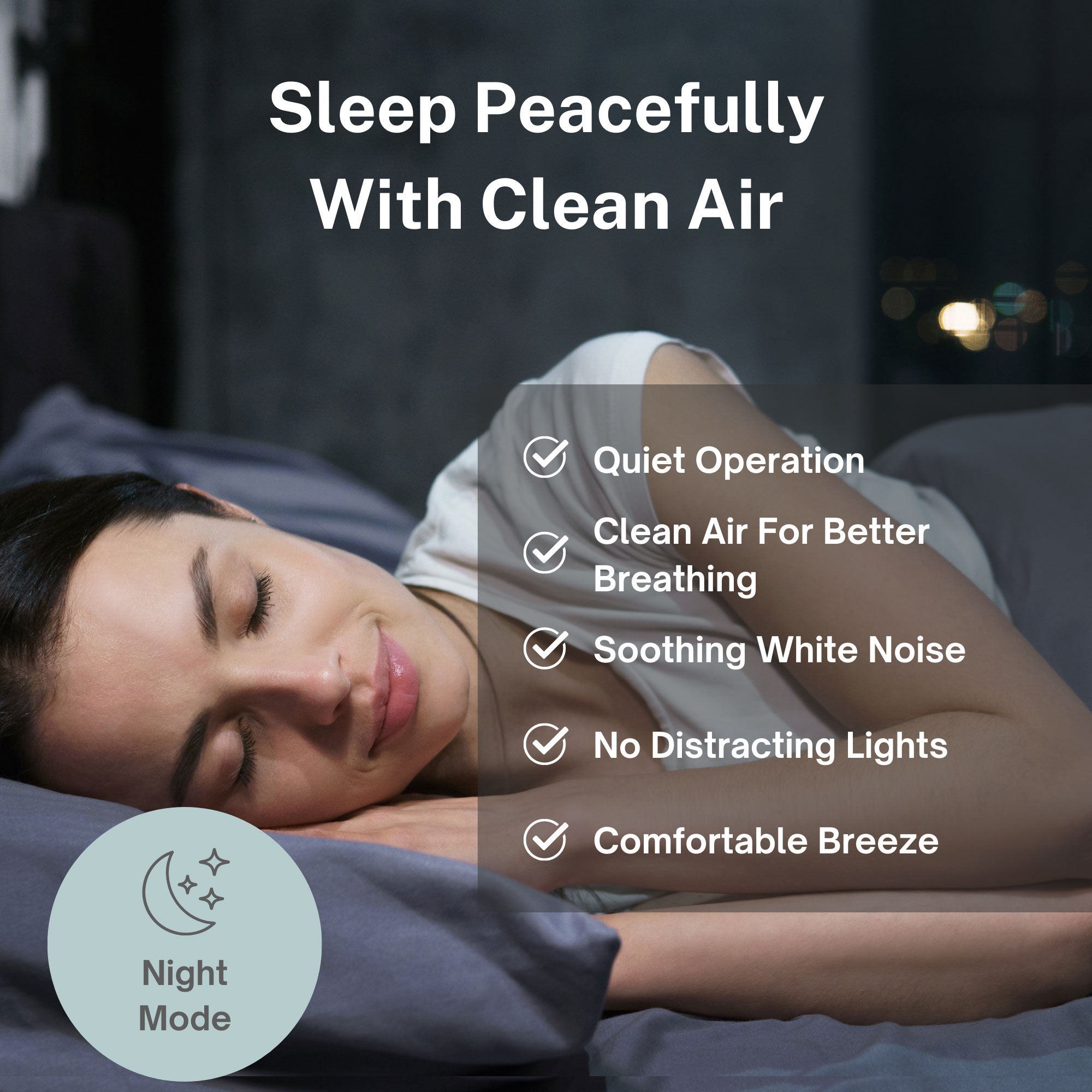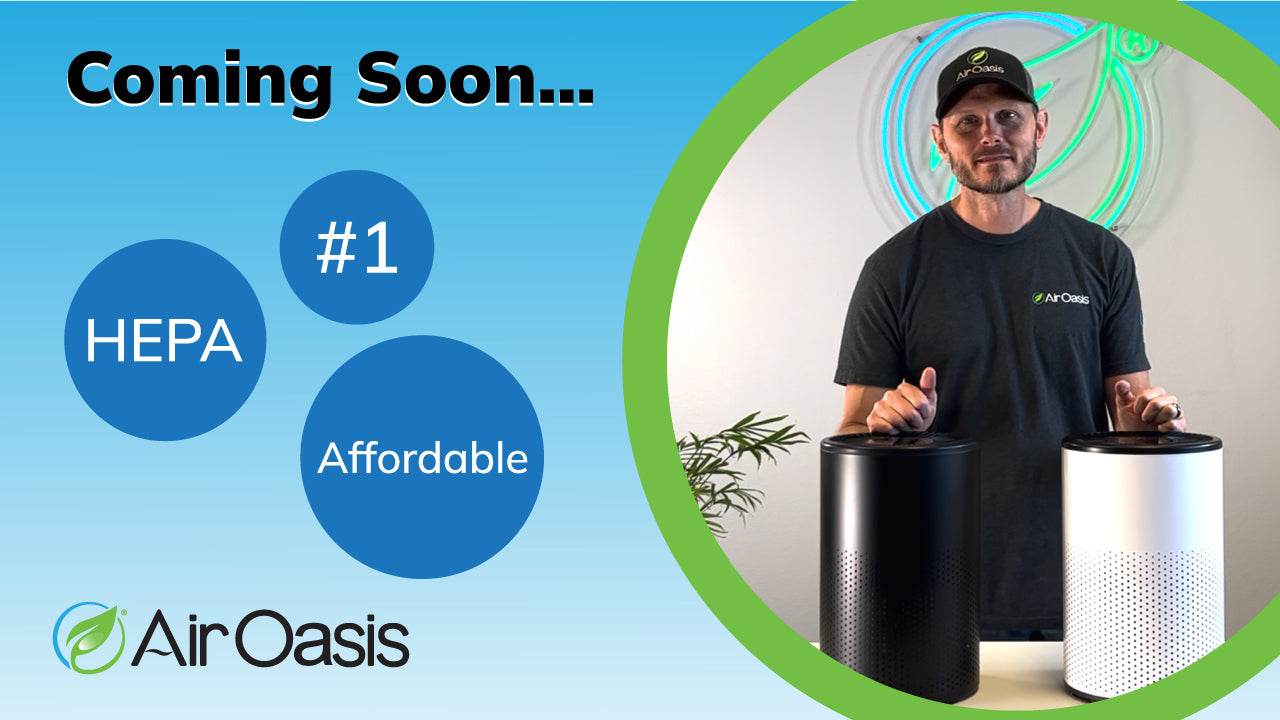When you hear “air pollutants,” what images spring to mind? For most people, those words conjure visions of smoke plumes billowing from industrial towers, black exhaust combusting in tailpipes or wildfire smoke obscuring the horizon. Although these are undeniable sources of outdoor air pollution, they’re probably not the air pollutants that threaten you most. Evidence suggests that indoor air can be more seriously polluted than outdoor air in even the largest, most industrial cities.
If you’ve never encountered that idea before, you may be feeling alarmed. However, there are many effective ways to improve indoor air quality, starting with opening the windows when the weather allows for it. One of the best ways to ensure you and your family breathe safe, clean air is by running a high-quality air purifier. Keep reading to learn about indoor air quality, as well as six common sources of air pollution in your home.
At Air Oasis, we know that air quality has huge implications for human and environmental health. As the world works to address the latter, protect your loved ones by making sure your indoor air is as clean as possible. Visit us online to find the best air purifier for you.
Indoor Air Quality
Indoor air quality (IAQ) refers to the air quality in a building or structure, especially as it pertains to the health and comfort of its occupants. Poor IAQ can have immediate and long-term effects, ranging from headaches and asthma to respiratory diseases and cancer. Ironically, in an attempt to build more energy-efficient and pollutant-impervious dwellings, modern contractors often create air-tight structures that reduce natural ventilation and make IAQ much worse. House design is just one of the many factors that affects IAQ and increases the concentration of indoor pollutants.
1. Building Materials
If you assumed that newly constructed buildings don’t suffer from poor IAQ, you’re wrong. Many new buildings have high concentrations of volatile organic compounds (VOCs), gaseous pollutants emitted from certain solids and liquids. Although VOCs can evaporate in normal atmospheric conditions outside, they often stay trapped when they originate indoors. As a result, the concentration of some VOCs in homes can be hundreds or thousands of times higher than their concentration outside. One of the main contributors to VOCs? You guessed it — building materials.
Building materials like plywood, furniture and other pressed-wood products can release VOCs and formaldehyde into indoor spaces and cause serious health issues for the building’s occupants. Paints, flooring adhesives, solvents, polishes, carpeting and certain drywalls and laminate flooring can also release toxic chemicals. It may seem like the answer is to live in well-established homes, but older buildings come with their own set of toxins, including asbestos, certain insulators and types of dry-wall and lead paint.
If you’re planning on building a new home, you can limit VOCs by sourcing building materials with low emissions, or by asking your contractor to air out building materials and carpets before installing them. You can also improve IAQ by increasing natural ventilation and running an air purifier for VOCs.
2. Household Cleaners
Although cleaning your home regularly can reduce the buildup of allergens like dust and pet dander, certain cleaning supplies can actually make your IAQ worse. Research suggests that cleaning, sanitizing and disinfecting products can increase indoor air pollution by producing VOCs and particulate matter, particles small enough to float in the air and be inhaled.
Homeowners and occupants can reduce indoor air pollution caused by household cleaners in the following ways:
- Use only the amount of cleaning product necessary to do the job
- Avoid scented cleaning products and air fresheners
- Rinse surfaces with water after using a cleaning or disinfecting product to reduce dried chemicals from flaking and floating in the air
- Avoid pine and lemon-scented cleaning products, as they generally contain terpene
3. Heaters and Cooking Appliances
Any fuel-burning combustion appliances will deteriorate indoor air quality. You may be thinking, “I don’t have any of those!” However, fuel-burning combustion appliances include a lot more than just wood stoves. Space heaters, gas stoves, gas ovens, furnaces, gas water heaters, gas clothes dryers, wood or coal burning stoves and fireplaces are all fuel-burning combustion appliances.
When you use any of these fuel-burning appliances, they release combustion pollutants in gas or particle form. These pollutants include carbon monoxide, nitrogen dioxide, particulates and sulfur dioxide, which can all cause serious health issues and respiratory problems. Additionally, combustion produces water vapor that can encourage biological pollutants like dust mites, mold growth and bacteria. If you use combustion appliances, you can reduce your exposure with the following tactics:
- Avoid using fuel-burning appliances in unventilated spaces
- Install exhaust fans over gas stoves keep burners properly adjusted
- Avoid using wood stoves whenever possible
4. HVAC System
Your HVAC system can function as a tool to improve IAQ or degrade it. When HVAC systems aren’t properly maintained, they can act as major sources of indoor air pollutants. Ventilation air filters can become clogged, leading to microbial growth and odor. As your HVAC system runs, it can push these pollutants through the ducts and throughout your home.
If you suspect your HVAC system is causing poor IAQ, there are a number of steps you can take to attenuate the damage. First, ask an HVAC technician to evaluate your system’s efficacy in relation to your house size and its occupants. After implementing the suggested changes, take the following precautions:
- Regularly clean and replace HVAC filters
- Regularly inspect outdoor air intakes
- Regularly inspect your home’s exhaust fans
An excessively humid indoor environment may not seem like a big deal, but it can have serious health implications. Uncontrolled indoor moisture can lead to mold growth, which can worsen allergies and asthma and cause sickness. In addition to consulting an HVAC expert, consider running an air purifier for mold.
5. Tobacco Products
By now, we all know that smoke kills. Tobacco smokers (even if they don’t smoke indoors) risk premature death and disease. If they do smoke indoors, they risk the other occupants’ health as well. According to the EPA, secondhand smoke is a carcinogen that carries more than 7,000 substances. What’s worse, opening a window or increasing ventilation is not sufficiently protective against the dangers of secondhand smoke, which include increased risk of lung cancer, heart disease, respiratory infections, asthma attacks and more.
Secondhand smoke has profound health consequences for all of a home’s occupants. The best thing you can do for your health is stop smoking or prohibit smoking indoors. If that’s not an option or you’re not the smoker in the home, consider running a HEPA air purifier for smoke and designating smoke-free rooms. Although an air purifier will not eliminate smoke-associated risks, it may mitigate some immediate health consequences.
6. Outdoor Air Pollution
You may be thinking, “Outdoor air pollutants can’t also be considered indoor air pollutants.” However, outdoor air pollution that makes its way into homes isn’t the same as when it stays outside. The difference is that outside, atmospheric variables generally disperse pollution so that the concentration in a particular location is relatively low. However, due to airtight building designs that don’t allow for proper natural ventilation, the same pollutants can become trapped inside and grow to dangerous concentration levels.
Outdoor air pollutants that affect IAQ include allergens like dust, pollen and mold, as well as particulate matter like vehicle exhaust, factory emissions and smog. To discourage outdoor air pollutants from entering your home, consider repairing sources of entry, such as cracks in walls, windows and sealants. You should also increase ventilation by running fans and opening windows and doors when outdoor air quality is good. One of the most effective ways to reduce outdoor air pollutants in your home is to run a high-performance air purifier that addresses particulate matter, VOCs, gasses and allergens.
Best Air Purifier for Pollutants
Your home can be a sanctuary of clean air, or it can be the biggest source of pollutants you encounter on a daily basis. Luckily, you do have a say in the matter. There are many ways to mitigate the risks of indoor air pollutants, starting with running a high-quality air purifier. If you’re ready to be proactive about the air quality in your home, visit Air Oasis online and find the best air purifier to remove indoor pollutants like allergens, smoke, mold, VOCs, particulate matter, viruses, bacteria and more. If you’re curious about which air purifier is best for you, feel free to contact us online or give us a call at 806-373-7788.




